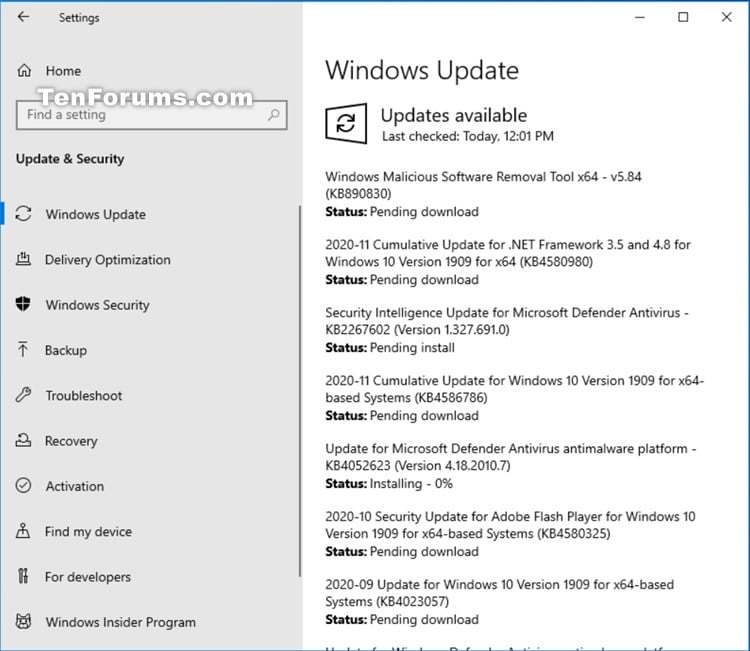

NET 7, be on the lookout for any that will be difficult to replace. While reviewing APIs or dependencies (like NuGet packages) that won't work on.

NET Framework APIs your app depends on, third-party packages, and other projects you own. Specific actions during this step of migration include: NET 7 is to get ready for the upgrade by understanding what work is ahead and possibly by making preliminary changes to the solution. The first step in upgrading a project from. The steps are shown in Figure 1.įigure 1: The. Upgrade Process OverviewĪlthough there's new tooling to help, the overall process to migrate from. You can find the latest docs and news about the ASP.NET Incremental Migration Tooling and System.Web Adapters on GitHub at. You can find the latest docs and news about Upgrade Assistant on GitHub at. Use System.Web Adapters in conjunction with ASP.NET Incremental Migration (to help the old and new projects interoperate) and to migrate class libraries with System.Web dependencies.Use ASP.NET Incremental Migration Tooling to upgrade ASP.NET applications by incrementally moving endpoints to a new ASP.NET Core project.Use Upgrade Assistant for upgrading class libraries or WPF, WinForms, console, or WCF apps in-place.Use Upgrade Assistant for analyzing the work required to upgrade, both with the existing analysis mode and the new binary analysis mode explained in more detail later in this article.This article walks through those improvements - both the new capabilities in Upgrade Assistant and some new tooling focused specifically on web scenarios with the ASP.NET Incremental Migration Tooling and System.Web Adapters.Īlthough there are more tools to choose from now, each has a particular role in the upgrade process: NET 7's release, there are now more tooling options for easing the transition from. Since then, the team has been hard at work iterating on the upgrade tooling story to improve functionality and fill gaps. NET Upgrade Assistant tool to make migrating from.


 0 kommentar(er)
0 kommentar(er)
